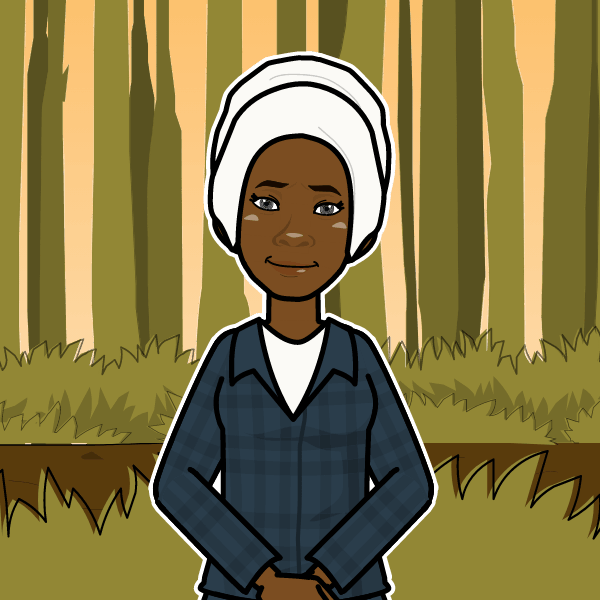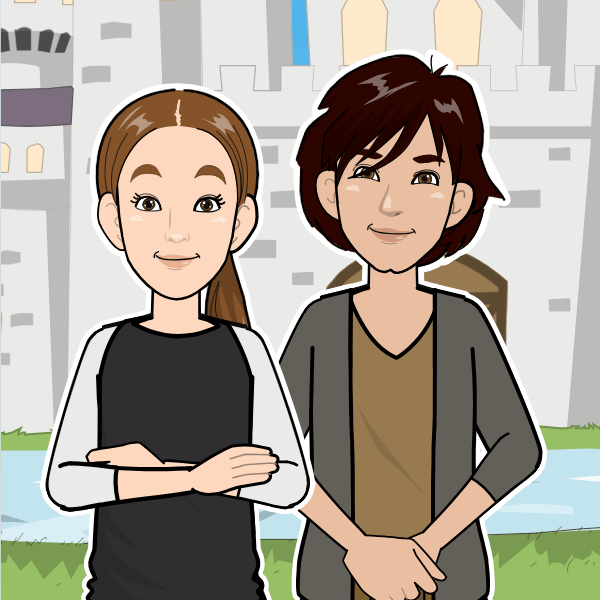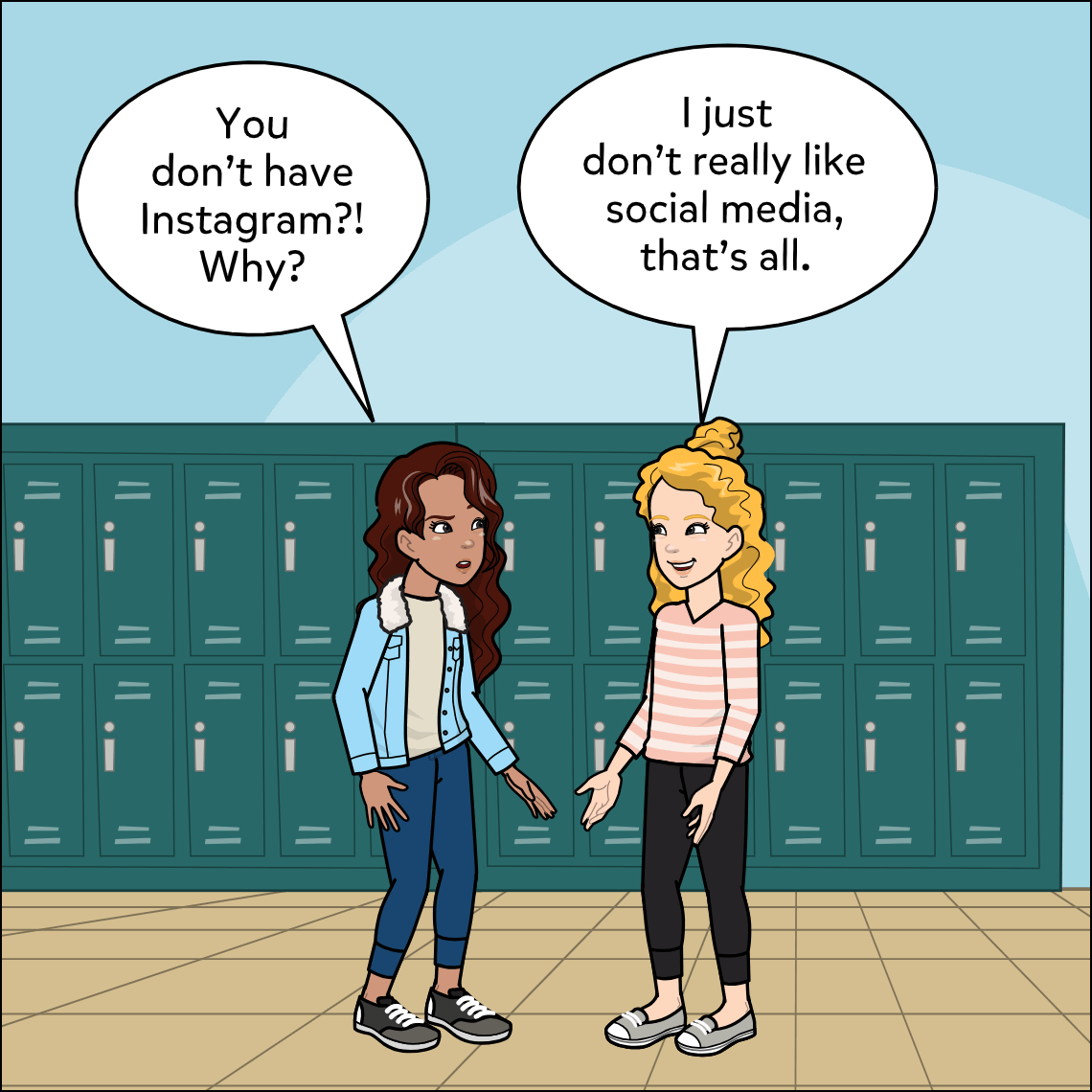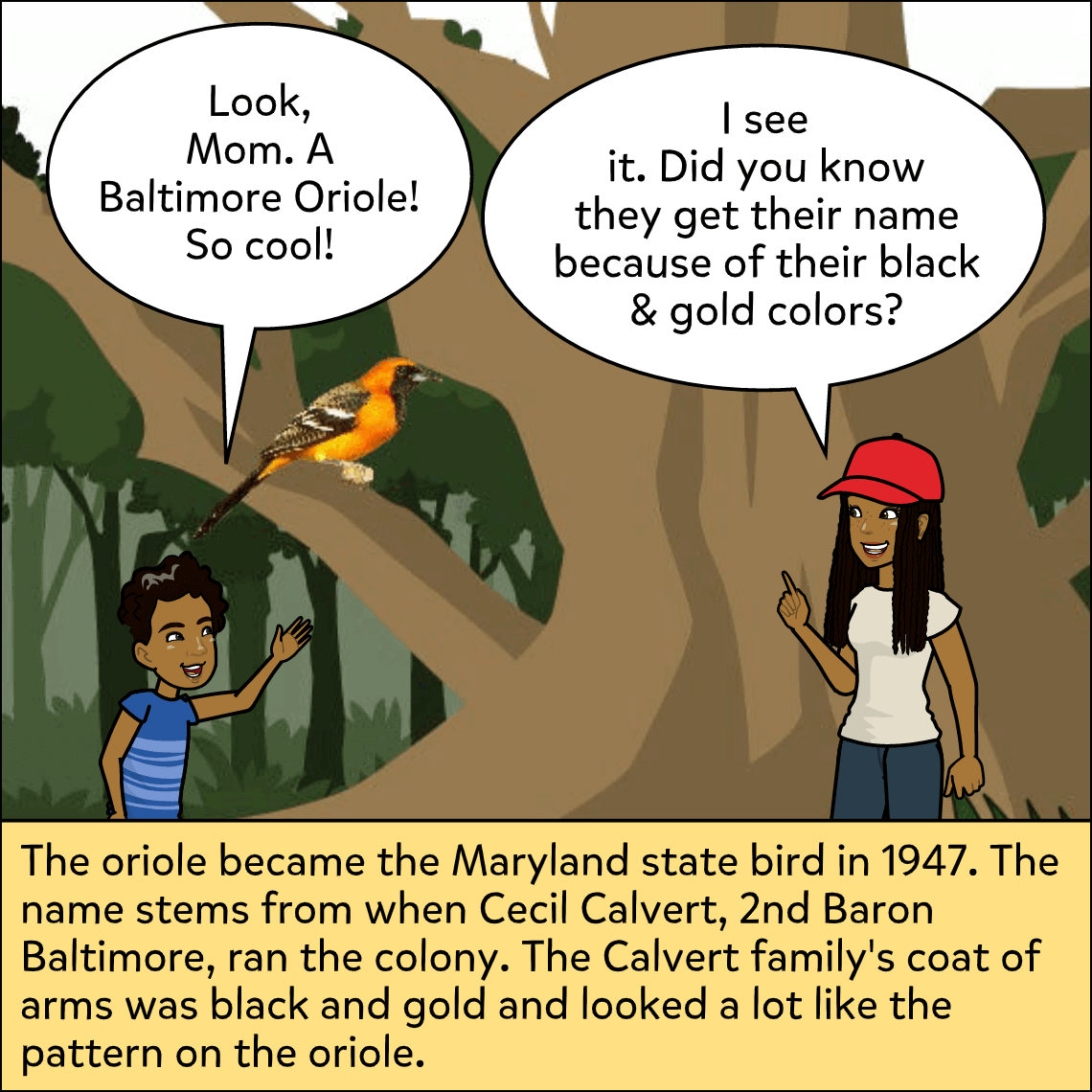Subject: ESL/ELL (English Language Learning)
Lesson Length: 45 mins - 1 hour
Topic: Expression, Instruction, History, Narration
Brief Description: Students will show an accurate interpretation of a historical event or historical figure.
Know Before You Start: Students should be familiar with the idea of making accurate representations of events or people.
Hook:
- Ask students:
- “What is a historical event?”
- “Why is it important to portray historical events and figures accurately?”
- “How can we find the main points of a historical event or the main characteristics of a historical figure?”
Activity:
- As a class, have students discuss common historical figures or events to help brainstorm ideas.
- Have students discuss different ways to portray a figure or event.
- Have students choose an event or figure to illustrate.
- Using the sample comic as a guide, have students create a comic showing key points in their event or key characteristics of their character.
Closure:
- Have students share their comics with the class or in small groups.
- Have students explain why they chose that historical person or event.
- Discuss why it’s important to be able to communicate about historical people or events with accuracy.
- Emphasize that research and facts are important for historical non-fiction narratives.
Differentiation:
- Allow students to use the speech-to-text feature.
- Allow students to work in pairs or groups as needed.
- Allow students to use the voiceover feature to read their comics aloud.
- Allow students to choose the historical figure or event they wish to portray, as well as the level of detail they wish to share.
- Allow students to use digital dictionaries/translators as appropriate for your class policy.
Resources:
- Comic to print or display: Comic.
- Character Map
- 4 Circles Sequence Chart
- 9 Boxes Sequence Chart
- First, Next, Then, Last Sequence Chart
- Five Finger Retell
- History Conversation Questions
Suggested Content:
 Underground Railroad
Underground Railroad
 The Diary Of Anne Frank
The Diary Of Anne Frank
 Sojourner Truth: Antislavery Activist
Sojourner Truth: Antislavery Activist
 Explorer
Explorer
 Texas
Texas
 Medieval
Medieval


